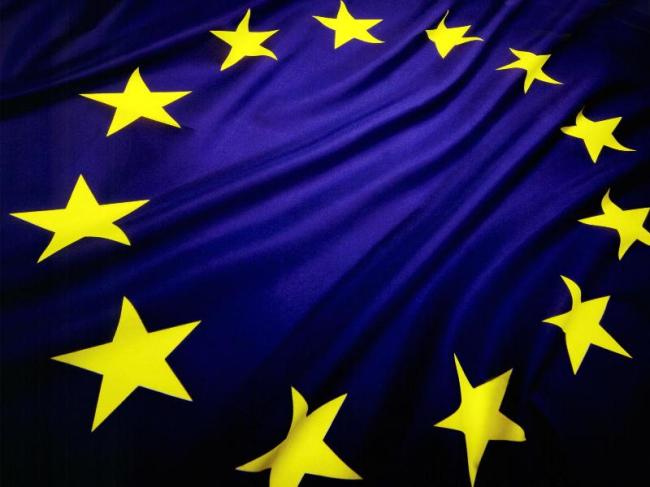 European Union leaders have reached an agreement on the parties responsible for future bank bailouts. Leaders from 27 EU countries spent seven hours negotiating the new bailout regulations, which will see banks reorganise the order of investor and creditor obligations when a bank is shut down, restructures, or bailed out.
European Union leaders have reached an agreement on the parties responsible for future bank bailouts. Leaders from 27 EU countries spent seven hours negotiating the new bailout regulations, which will see banks reorganise the order of investor and creditor obligations when a bank is shut down, restructures, or bailed out.
Banking bailouts in both the EU and the United States have seen taxpayers bear the brunt of expenses, causing concern and frustration for the public. The new policies have been designed to change the ‘bailout’ culture to a ‘bail-in’ culture, where banks will be held directly financially responsible for their own restructuring efforts.
Michael Noonan, Ireland’s finance minister, claimed that the new policies would be a change from the past, and that ‘bail-in is now the rule.’ The new rules put banks first in any financial obligations, preventing the government from being the first party to capitalise banks in the event of a near-collapse, if it gets involved at all.
The new policies put investors at the front of the financial obligation line, with bank shareholders and creditors bearing the brunt of restructuring expenses. Should the bank’s shareholders lack the capital to take losses, account holders with a balance of more than 100,000 euros could be forced to prop up the lender with their accounts.
Governments would be able to intervene after a bank’s losses exceed eight percent of its total liabilities, preventing situations where a government is the first creditor in the event of a banking crisis. The government would finance up to five percent of the bank’s total liabilities, placing a hard cap on the level of public involvement.
The new rules have been praised by advocates of financial responsibility for banks and major lenders, although account holders have grown concerned that they may be the first point of call should a bank fail. The regulations will apply to all nations that use the euro as currency, as well as ten non-Euro member states.





